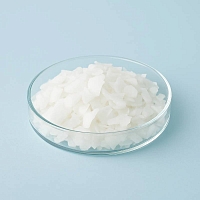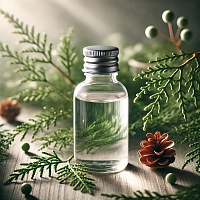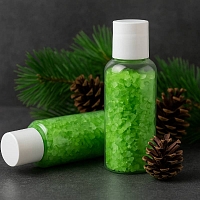-
 Absolutes
Absolutes
-
 Active Complexes
Active Complexes
-
 Actives and Peptides for Cosmetics
Actives and Peptides for Cosmetics
-
 Amino Acids
Amino Acids
-
 Food Flavorings
Food Flavorings
-
 Ayurveda
Ayurveda
-
 Vitamins
Vitamins
-
 Gelling Agents and Thickeners
Gelling Agents and Thickeners
-
 Hydrosols and Floral Waters
Hydrosols and Floral Waters
-
 Hydrolyzed Proteins
Hydrolyzed Proteins
-
 Fragrant and aromatic substances
Fragrant and aromatic substances
-
 Acids, Salts, Alcohols, and Alkalis
Acids, Salts, Alcohols, and Alkalis
-
 Preservatives and Antioxidants
Preservatives and Antioxidants
-
 Cosmetic Raw Materials
Cosmetic Raw Materials
-
 Dyes, Pearlescents, and Glitters
Dyes, Pearlescents, and Glitters
-
 Face Masks, Scrubs, and Dried Flowers
Face Masks, Scrubs, and Dried Flowers
-
 Oils, batters, macerates, oil mixtures
Oils, batters, macerates, oil mixtures
-
 Candle Supplies
Candle Supplies
-
 Melt and Pour Soap Bases
Melt and Pour Soap Bases
-
 Base for cosmetics, cream, serum, shampoo
Base for cosmetics, cream, serum, shampoo
-
 Fragrance Oils
Fragrance Oils
-
 Surfactants
Surfactants
-
 Peelings for Skin
Peelings for Skin
-
 Herbal Powders and Plant
Herbal Powders and Plant
-
 Silicones and Conditioning Surfactants for Hair
Silicones and Conditioning Surfactants for Hair
-
 Raw materials for dietary supplements
Raw materials for dietary supplements
-
 Packaging for Cosmetics and Perfumes
Packaging for Cosmetics and Perfumes
-
 Molds, Packaging, Tools
Molds, Packaging, Tools
-
 Organic Extracts
Organic Extracts
-
 Emollients for Cosmetics
Emollients for Cosmetics
-
 Emulsifiers
Emulsifiers
-
 Essential Oils
Essential Oils
Asparagine: Essential Amino Acid for Enhanced Skin Health
Discover the multifaceted benefits of Asparagine, a non-essential amino acid that plays a crucial role in various cellular processes and offers significant advantages when incorporated into cosmetic formulations. As a fundamental building block of proteins, Asparagine contributes to the synthesis of vital skin components like collagen and elastin. Its unique properties make it a valuable ingredient for promoting hydration, supporting skin barrier function, and contributing to overall skin vitality.
Applications and Areas of Use in Cosmetics:
Asparagine's versatile nature allows for its inclusion in a wide array of cosmetic products, targeting various skin concerns and enhancing their efficacy:
- Moisturizers and Hydrating Serums: Asparagine acts as a natural moisturizing factor (NMF) component, helping the skin attract and retain moisture. Its inclusion in creams, lotions, and serums contributes to enhanced hydration, preventing dryness and promoting a supple complexion.
- Anti-Aging Formulations: By supporting protein synthesis, including collagen and elastin, Asparagine can contribute to skin firmness and elasticity. It can be found in anti-wrinkle creams, serums, and eye treatments aimed at reducing the appearance of fine lines and wrinkles.
- Skin Barrier Repair Products: Asparagine is involved in maintaining the integrity of the skin barrier, which is essential for protecting against environmental stressors and preventing moisture loss. It can be a key ingredient in formulations designed to soothe and repair compromised skin barriers.
- Soothing and Calming Lotions: Its role in cellular function can contribute to a calming effect on the skin. Asparagine may be included in lotions and creams designed for sensitive or irritated skin to help alleviate discomfort and promote a balanced complexion.
- Hair Care Products: Asparagine can contribute to the strength and health of hair by supporting keratin production, the primary protein in hair. It can be found in shampoos, conditioners, and hair treatments aimed at improving hair texture and resilience.
- Nail Care Treatments: As a component of protein synthesis, Asparagine can contribute to the strength and integrity of nails. It may be included in nail strengtheners and cuticle treatments.
- Exfoliating Products (Indirectly): While not a direct exfoliant, Asparagine's role in cell turnover can indirectly support the skin's natural exfoliation process, contributing to a brighter and smoother complexion.
- Personal Care Products: Asparagine can be incorporated into various personal care items like body washes and hand creams to provide moisturizing and skin-conditioning benefits.
Key Benefits for Cosmetic Formulations:
- Enhances Hydration: Acts as a natural moisturizing factor, attracting and retaining water in the skin.
- Supports Skin Barrier Function: Contributes to the integrity and resilience of the skin's protective barrier.
- Promotes Protein Synthesis: Aids in the production of collagen and elastin, crucial for skin firmness and elasticity.
- Contributes to Skin Vitality: Supports overall cellular function, leading to healthier-looking skin.
- Potential Soothing Properties: May help to calm and soothe irritated or sensitive skin.
- Versatile Application: Compatible with a wide range of cosmetic formulations.
- Water-Soluble: Easily incorporated into water-based cosmetic products.
- Globally Available: Our online store offers worldwide shipping.
Cosmetic Recipe: Hydrating and Soothing Facial Serum with Asparagine
| Ingredient | Percentage (%) |
|---|---|
| Distilled Water | 85% |
| Glycerin | 5% |
| Asparagine | 3% |
| Sodium Hyaluronate (Hyaluronic Acid) | 2% |
| Panthenol (Pro-Vitamin B5) | 2% |
| Preservative (Broad-Spectrum) | 1% |
| Allantoin | 0.5% |
| Lactic Acid (pH adjuster) | q.s. to pH 5.5 |
Instructions:
- In a clean beaker, combine the distilled water and glycerin. Stir until fully dissolved.
- Gradually add the Asparagine powder while stirring continuously until it is completely dissolved and the solution is clear.
- Add the Sodium Hyaluronate and Panthenol to the mixture. Stir gently until fully dissolved.
- Incorporate the preservative and Allantoin, mixing thoroughly.
- Check the pH of the serum using a pH meter or indicator strips. Adjust the pH to approximately 5.5 using small amounts of Lactic Acid solution, if necessary. Stir well after each addition.
- Carefully transfer the serum into a clean, airtight serum bottle or dropper bottle.
Application Recommendations:
- Apply a few drops of the serum to clean, dry skin on the face and neck.
- Gently pat or massage the serum into the skin until fully absorbed.
- Use morning and night as part of your daily skincare routine.
- Follow with a moisturizer to lock in hydration.
- Store the serum in a cool, dark place away from direct sunlight.
- The recommended usage level of Asparagine in cosmetic formulations typically ranges from 1% to 5%, depending on the desired effect and formulation type.
- When incorporating Asparagine into formulations, ensure it is fully dissolved in the aqueous phase.
- Perform a patch test on a small area of skin before widespread use to check for any potential sensitivity.
And also go to the Blog from Мыло Опт, where we share useful information about creating the right natural cosmetics
| INCI | Asparagine | |
| Other | ||
| Application | cosmetics, sports nutrition, diets, dry powders, mixtures | |
| Color product | white | |
| Composition | H2NCOCH2CH (NH2) CO2H * H2O | |
| Features | All information presented on the site is for reference only | |
| Name | Asparagine 1 kg | |
| Packaging | container for transportation | |
| Packing | 1 kg | |
| Solubility | water | |
| Type | Amino acids | |
| View | powder | |
-
Date:todayAuthor:Уляна, ЖитомирReviews
Замовила олії для ванн. Якість чудова, аромат чудовий. Результатом дуже задоволена!
Date:todayAuthor:Профессор, 65 лет, учитель умных дрыщейReviewsПравильно написано "незаменимая аминокислота ДЛЯ любого человека", со смысловой нагрузкой об обязательном наличии этой аминокислоты в теле при нормальном метаболизме. В случае формулировки "незаменимая аминокислота В ОРГАНИЗМЕ любого человека", было бы неверно. Тогда замечание о причислении заменимой аминокислоты, т.е. той, которая может синтезироваться организмом самостоятельно, к разряду незаменимых - тех которые могут быть получены только извне, было бы резонным. Как водится, просмотрев комментарии до прочтения рекламного текста, решил, что в статье ошибка копирайтера. Ан нет - апломб комментатора. Видать, дремал на лекциях по грамматике. А по аминокислотам умному дрыщу - отлично. Надо же, спровоцировал меня на написание такого длинного комментария, причем совершенно безвозмездно)
Date:todayAuthor:Не тупой качок, умный дрыщьReviewsА если на ваш сайт зайдут не тупые качки? Они прочтут что "аспарагин является незаменимой аминокислотой" они умрут со смеху. Исправьте ошибку. Аспарагин НЕ является НЕзаменимой аминокислотой, и синтезируется в любом организме из обычных метаболитов других пептидов, которых в обычной, не для тупых качков, полно.
/bitrix/templates/dresscodePHP code/images/picLoad.gif">
Fill in the details for the price requestmovierulz,sx mumuporn.mobi ladies bathroom images كس مولع freearabicporn.com نيك ازواج malu sexy video pakistanixxx.org priyanka chopra topless pics ahemaru hentai hentaihooked.com overwatxh hentai indian hidden camera xvideos ruperttube.net indensex probinsyano may 30 2022 full episode teleseryestvheaven.com probinsyano july 7 2021 dizzy hentai hentaiweb.net 300 yen no otsuki ai xixe girl alfaporn.mobi desi sex vedios com افلام عربي ساخنه roughtube.org تعذيب البنات بالجنس hindi masala sex video tubepornfilm.mobi mujra telugu aunty sex videos sikwap.mobi desi nepali sex نيك محارم اب وبنته arab-porn.net كس بلبن xxsaks tubebox.mobi literrotica www.sarkari result. pornnporn.com plus kannada movie sexy video rekha bigtitsporntrends.com radhika apte porn video









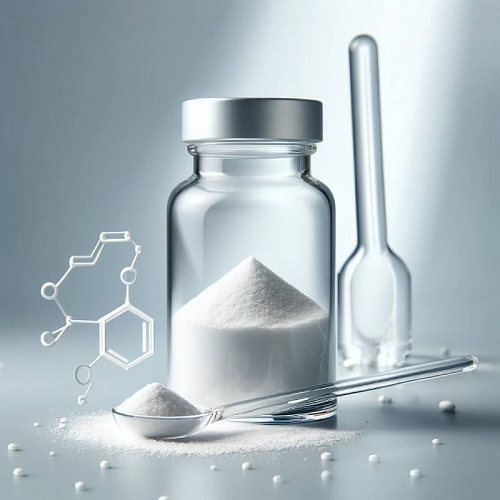
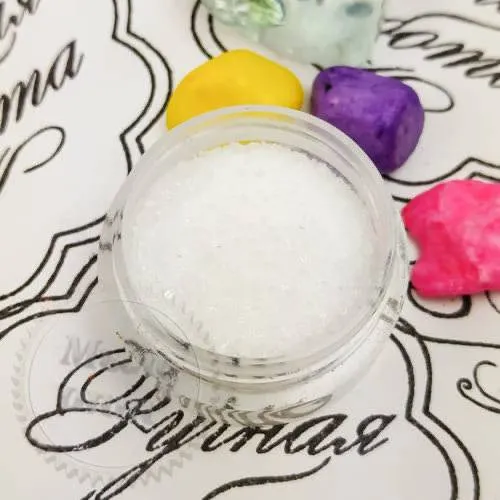
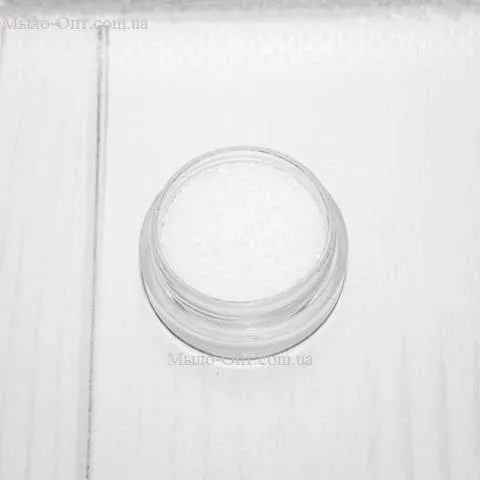



 Add to cart
Add to cart Buy in 1 click
Buy in 1 click

 Add a review
Add a review To favorites
To favorites To compare
To compare





